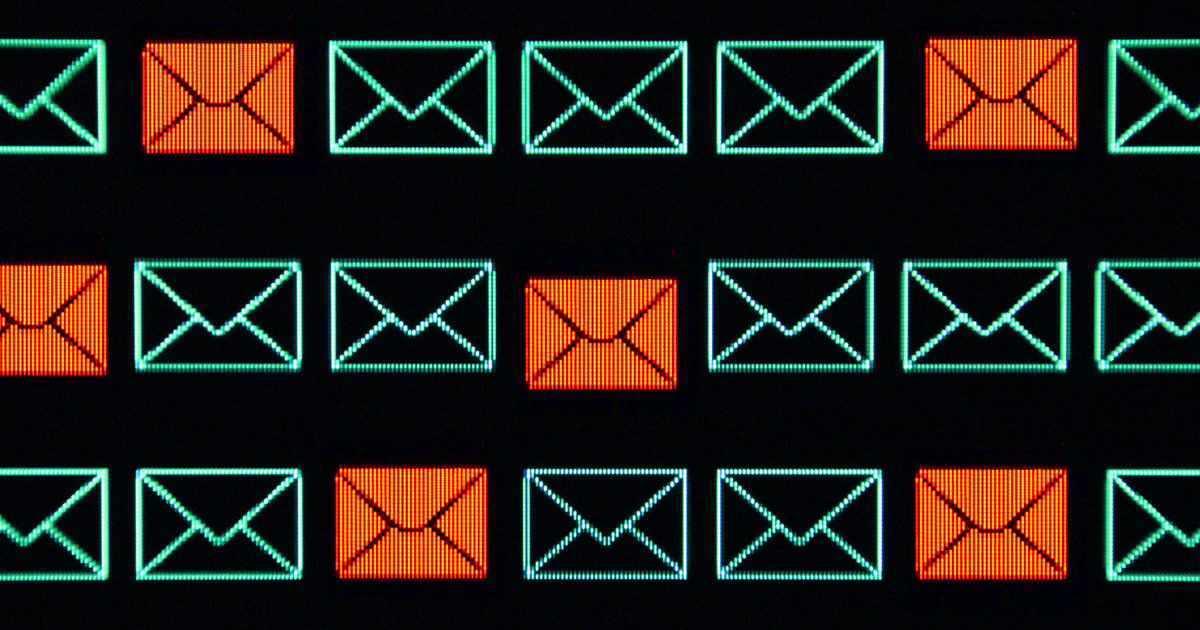Email Vulnerabilities: Why Most Of Existing Email Security Solutions Are Not Good Enough
January 17, 2019

Did you know that the current email protocol dates back to the 1980s and has yet to be properly overhauled?
In fact, usage of a regular email potentially violates dozens of EU GDPR articles, which may lead up to €20 million in fines.
Yes, it is that bad.
Ransomware, spear phishing, BEC (business email compromise), man-in-the-middle – the number of ways email can be exploited is overwhelming.
Data breaches have become a real thorn in the flesh of businesses and in certain countries cost organizations $7.9 million on average.
Considering the state of email and that the number of email attacks increases annually, it is no longer a question of “Is my business going to be attacked?”, but rather “Have my defenses already been breached?”
Most of the Existing Solutions Are Not Good Enough (or At All)
A number of organizations have tried to address the email vulnerability.
Unfortunately, the vast majority of existing email security solutions miss the target, resolving only a part of the email problem.
Such solutions often lower the risk in only one of the aspects, which then requires combining them with other solutions in search of a complete security package.
Combining solutions usually does not work out very well, leaving cracks in security walls, overlaps in functionality, and offering a practically nonexistent user experience on top of the chore of separately covering a number of costly monthly subscription fees.
Let’s look at some of the common ways of securing email and why they are not up-to-par with the current threats.
Sending Encrypted Emails
Email encryption is commonly considered a go-to.
Where email is concerned, encryption typically means that the content of your email is going to be inaccessible while it travels to the recipient. Upon reaching its destination, it gets decrypted for the receiving party to view.
However, despite being in an encrypted state, the file is still sent over regular mail relays.
In other words, it can still be intercepted, but will now take more effort to crack open. It does add an extra layer of safety, but does not provide bulletproof protection.
Not to mention, encrypting outbound email does not protect from BEC, targeted attacks, or other kinds of social engineering. Man-in-the-middle attacks continue to be a threat too.
In addition, you will find that the companies providing so-called end-to-end encryption solutions are often the ones holding the keys and storing the information on their servers. Regardless of what they promise, this means they can view your emails.
Is their word going to be enough for you to risk the safety of your sensitive information?
Using Software to Control, Audit, or Analyze Email Content
In an attempt to get rid of the blind spots and regain partial control over their email correspondence, organizations run supplementary monitoring software that allows them to control, audit, and analyze content.
Let’s get one thing clear right off the bat: this kind of software provides minimum protection. It is meant to serve a different purpose.
The main task of monitoring software is to detect threats such as malware, ransomware, and other forms of malicious bloatware. This allows for a timely reaction to threats.
Such software cannot guarantee complete protection as malware databases are updated only after a new virus is discovered. Don’t expect to get any form of defense against BEC or spear phishing.
Don’t expect to be winning the race. You are only playing a game of tag.
Combining Solutions for Complete Security
Even when companies are armed with knowledge and understanding of existing threats, their efforts to protect email often fail.
There is a shortage of actual decent solutions in the world of cybersecurity.
Even solutions that promise to provide complete protection in one field have difficulties doing so when paired with third-party software responsible for another aspect of email security.
These efforts feel underdeveloped and needlessly complicated to use. It often leads to regular users straying away from these solutions in favor of unsafe channels that provide simple communication.
Combining various solutions to secure the old protocol is like trying to patch a shirt – except you keep patching it until you get an entirely new shirt made out of patches, which neither looks good nor works well as a shirt anymore. Why don’t you just get a brand new shirt?
StealthMail: One Email Security Solution to Rule Them All
StealthMail was founded by experts in cybersecurity and mission-critical telecommunications. The StealthMail solution was developed to be a complete solution for corporate email security.
It is a single military-grade solution that addresses the entirety of email-associated risks while being easy to pick up and use. When you are sending/receiving emails within the StealthMail solution, you are 100% safe.
Here is how it works:
- Two-factor authentication works similarly to checking a user’s passport. After the identity of the user has been confirmed, the user can send a secure email.
- The message is encrypted and stored in a company-controlled environment.
- StealthMail generates a unique encrypted link and emails it to the receiving party. Even if intercepted, the email does not contain any of its actual original content.
- The addressee will need to log into StealthMail and confirm their identity. Only then can the content of the email be accessed and decrypted with a single click.
This solution introduced by StealthMail provides you with complete control over email security by letting you hold the keys to your information. Nobody is able to view it, unless you allow them to.
By using two-factor verification, StealthMail ensures that the threats of BEC, phishing or other kinds of social attacks are completely dismissed.
As an added benefit, your email attachments are not limited in size and your emails can be recalled at any time.
Learn more about StealthMail and begin sending secure emails today.
Link copied to clipboard!
